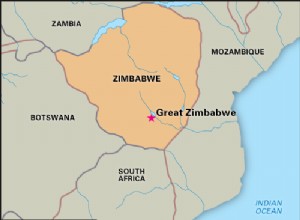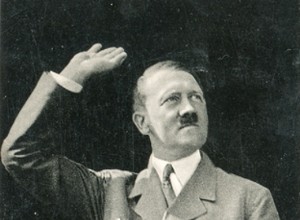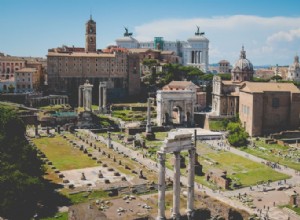Greater Zimbabwe , extensive stone ruins of an African City from Iron Age . Its in the southeast Zimbabwe , about 30 km southeast of Masvingo (formerly Fort Victoria). The central area of the ruins covers 80 hectares, making Great Zimbabwe the largest of more than 150 great stone




